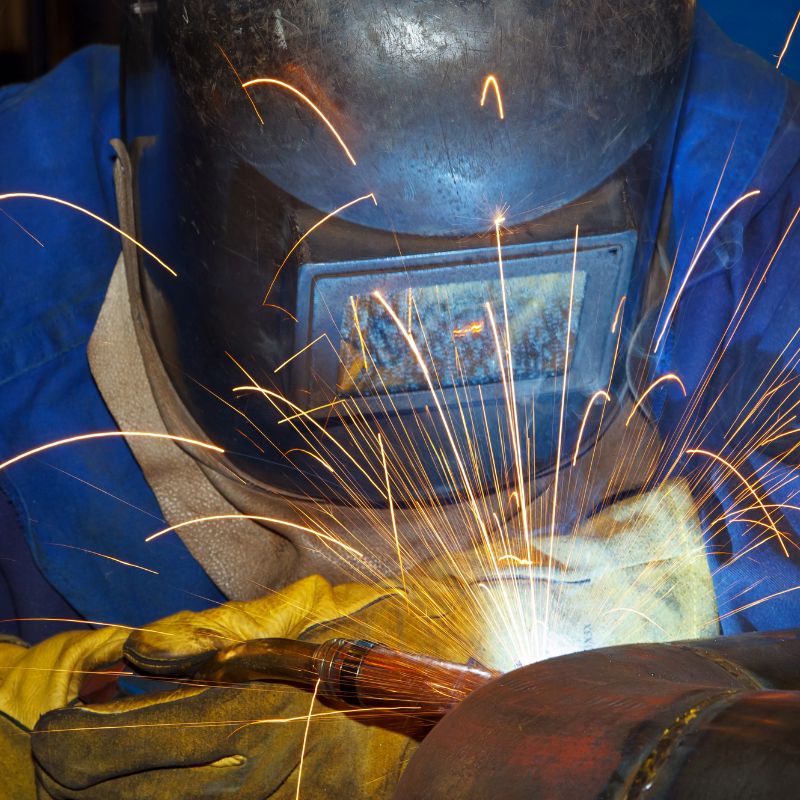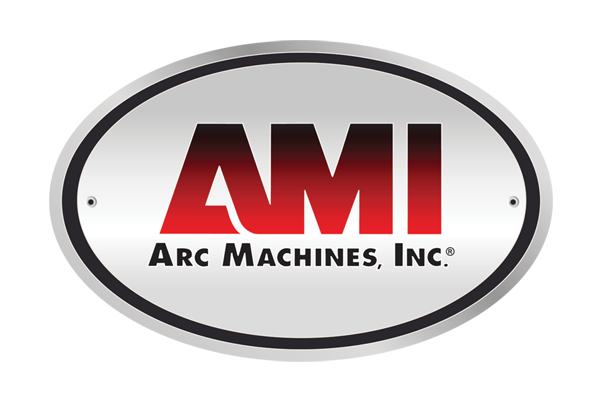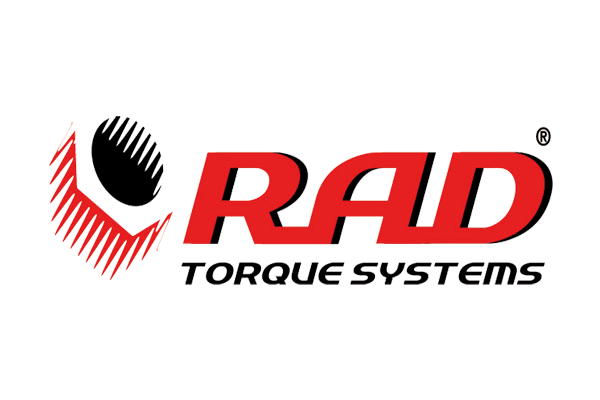The Importance of Beveling Before Welding
Welding is an intricate process that permanently connects two pieces of metal. It is essential to make sure the connection is strong and reliable. One of the important steps in welding is beveling. Beveling refers to cutting a groove or chamfer at the edge of a metal piece. Let’s discuss the importance of beveling before welding.
Better Weld Quality
Beveling helps create a more robust and consistent weld joint by providing a clean surface to apply the heat and filler material. The bevel makes a V-shape or U-shape groove in the metal where the weld is. The wider the bevel depth, the more significant the weld nugget. This leads to better weld quality.
Stronger Weld Joint
Welding is about joining two metal pieces with a permanent connection. Welding only on the surface of the metal can create a weak joint that can lead to failures in the future. Beveling provides an opportunity to weld not just on the surface but the inside of the metal. This option improves the strength of the weld and reduces the chance of failure.
Proper Weld Fillet Size
A fillet weld works well to join two pieces in a T-joint configuration, which almost always requires a beveled edge. Bevel preparation ensures the weld is not shallow or incomplete, resulting in a strong and sufficient fillet weld. Without proper beveling, the weld will be shallow and have an insufficient load-bearing capacity.
Reduced Weld Deformation
Welding can cause metal distortion or deformation. Beveling the edges of the metal can help reduce the deformation by allowing the heat to distribute evenly. This step helps control the temperature while welding, ensuring the metal can cool down properly after the welding process.
Saves Time and Money
Beveling may seem like an additional step in a long welding process, but it can save time and money in the long run. Beveled edges offer a larger surface area for the weld to settle, making them stronger, longer lasting, and more secure. As a result, there will be fewer repairs and maintenance in the future.
Beveling is an essential aspect of welding that contributes significantly to the quality and strength of the outcome. The practice of beveling before welding is critical to the success of any welding project. It improves the weld quality, reduces deformations, and increases the strength and longevity of the connection. By taking the time to bevel the edges of the metal before welding, you can ensure a stronger and longer-lasting weld joint that will save you both time and money in the long run.
If you need automated pipe spool welding for your next project, SEC Industrial’s machines offer the best in class beveling capabilities, ensuring superior weld quality and strength. Don’t compromise on the importance of beveling before welding—choose SEC Industrial for your welding needs.









